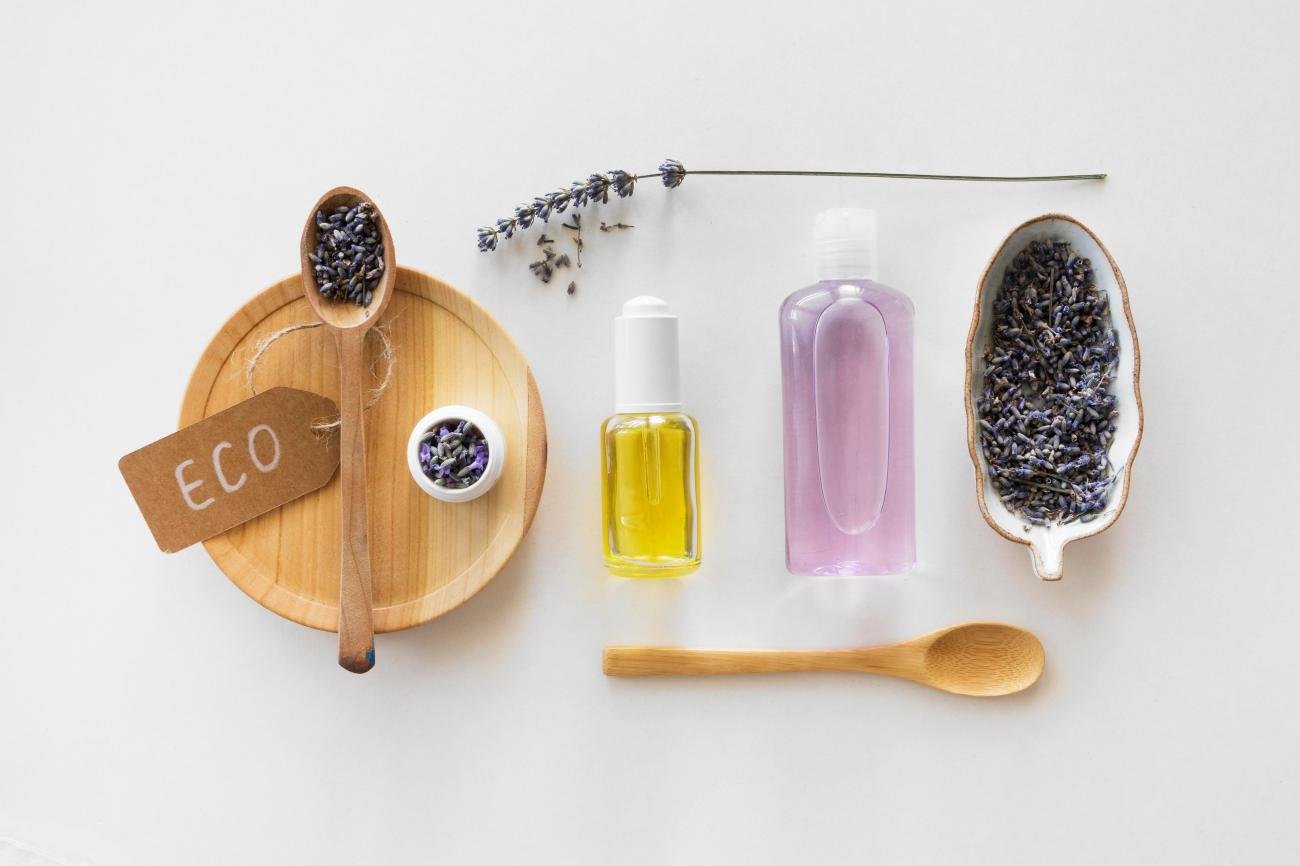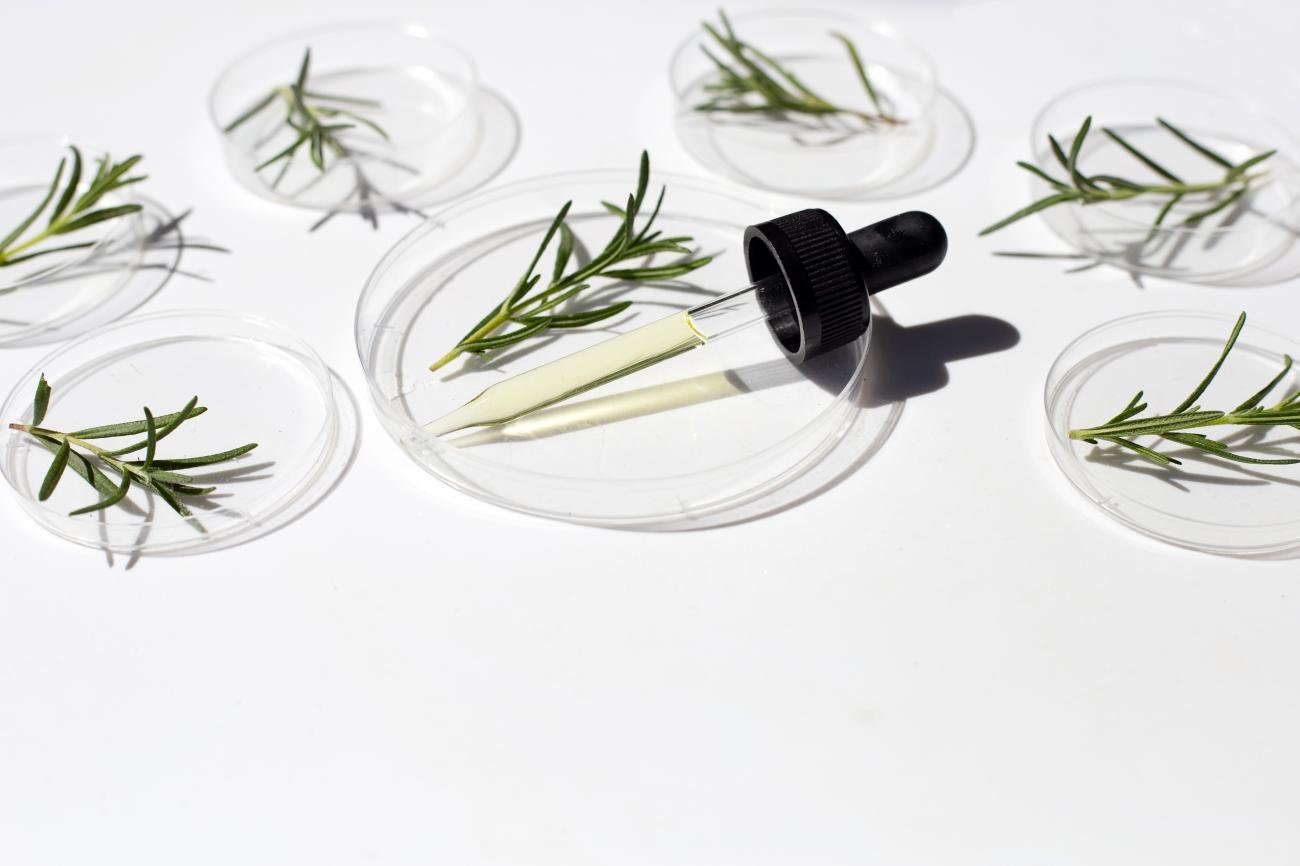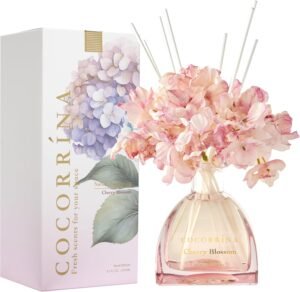You spritz on your favorite perfume or light a beautifully scented candle, and a wave of aromas washes over you. But have you ever stopped to think about what exactly creates that complex, evocative scent? As someone deeply entrenched in the world of perfumery and aromatic products, I can tell you it’s far more than just "flowers and spices." For clients like Anita, who needs fast product iteration and diversified ranges, and Lisa, who looks for complete product lines, understanding the building blocks of fragrance is not just academic; it’s crucial for innovation, quality control, and meeting consumer demands. Let’s peel back the layers and explore the common fragrance ingredients and the captivating characteristics they impart.
The complexity of any fragrance, whether in a perfume or a scented product, arises from a balanced blend of various aromatic chemicals, broadly categorized as natural extracts (essential oils, absolutes, resins) and synthetic aroma chemicals. These ingredients are meticulously combined to create a "scent profile" characterized by top, middle, and base notes, which unfold over time to deliver a multi-faceted experience. Each ingredient contributes unique olfactory characteristics, volatility, and fixative properties, defining the overall character, longevity, and perceived quality of the final fragrance.

My journey in this industry, spanning over 15 years, has been a deep dive into the fascinating world of scent chemistry. I remember early on being overwhelmed by the sheer number of ingredients. Now, when we formulate custom fragrances for brands like MCM or BLUE JACAR, it’s like painting with scents, choosing each note for its specific contribution. Every single component matters. Let’s explore these fascinating building blocks.
Natural vs. Synthetic: The Two Pillars of Fragrance Creation
The first big distinction in fragrance ingredients is their origin. Both natural extracts and synthetic aroma chemicals are indispensable to modern perfumery, each bringing unique qualities.
Fragrance creation relies on two primary categories of aromatic materials: natural extracts, derived directly from plants and animals, offering unparalleled complexity and nuance; and synthetic aroma chemicals, manufactured in laboratories, providing consistency, specific olfactive profiles, and often greater stability and longevity at a lower cost. While natural ingredients contribute a "naturalness" and depth, synthetics enable perfumers to create entirely new, imaginative scents and enhance the performance of natural notes, with modern perfumery often employing a strategic blend of both for optimal effect.

At ENO, we work with both, choosing the best for the desired product outcome. Sometimes a specific natural note is irreplaceable; other times, a synthetic delivers exactly what is needed for a specific product or price point.
1. Natural Extracts 🌿
- Definition: These are aromatic materials derived directly from natural sources like plants (flowers, leaves, wood, roots, fruits, resins) and, historically, some animal sources. They are extracted through various methods.
- Extraction Methods: Common methods include steam distillation (for essential oils), solvent extraction (for absolutes and concretes), enfleurage (historically for delicate flowers), and cold pressing (for citrus essential oils).
- Characteristics: Natural extracts are often complex, containing hundreds of individual chemical components. This gives them a rich, nuanced, and often "alive" quality that is hard to replicate. They can also vary subtly batch to batch due to environmental factors.
- Examples:
- Essential Oils: Lavender, peppermint, lemon, tea tree, sandalwood, patchouli. Used extensively in aromatherapy for their therapeutic properties. These are a core part of ENO’s therapeutic-grade essential oil selection.
- Absolutes: Rose absolute, jasmine absolute. Highly concentrated, true-to-flower scents, produced via solvent extraction.
- Resins/Balsams: Frankincense, myrrh, benzoin. Sticky, aromatic exudates from trees, often used as fixatives.
- Concretes and Tinctures: Other forms of natural extracts.
2. Synthetic Aroma Chemicals 🧪
- Definition: These are aromatic molecules created in a laboratory, either by synthesizing molecules that exist in nature (nature-identical) or by creating entirely new molecules that do not exist naturally but smell pleasant (novel aroma chemicals).
- Creation Process: They are typically made through chemical reactions, allowing for precise control over the molecular structure and, therefore, the exact scent profile.
- Characteristics: Synthetics offer consistency, purity, and often greater stability than naturals. They can be produced more sustainably and economically. Most importantly, they allow perfumers to create notes that cannot be extracted from nature (e.g., ozone, clean linen, abstract florals).
- Examples:
- Aldehydes: Known for their sparkling, waxy, or fresh notes. Famous in Chanel No. 5.
- Musks: Provide warmth, sensuality, and longevity. Modern musks are entirely synthetic and ethical alternatives to natural musk.
- Calone: Creates marine, ozone, and fresh-air effects.
- Hedione: A jasmine-like molecule that adds lightness, radiance, and space to a fragrance.
- Iso E Super: A woody, amber, slightly peppery molecule known for its enhancing and velvety effects.
Modern perfumery thrives on the creative interplay between naturals and synthetics. Master perfumers blend both seamlessly to achieve depth, longevity, and unique character.
The Fragrance Pyramid: Understanding Scent Characteristics and Evolution
A fragrance is not a monolithic block of smell. It is a dynamic composition that evolves over time, revealed in stages known as the fragrance pyramid (or scent pyramid). This structure helps both perfumers and consumers understand a fragrance’s characteristics and longevity.
Every sophisticated fragrance is structured as a "pyramid" consisting of top, middle (heart), and base notes, which represent the different volatility and longevity stages of its aromatic ingredients. Top notes are light and fleeting, providing the initial impression; middle notes emerge as the top notes fade, forming the "heart" and central character; and base notes are the heaviest and longest-lasting, providing depth, longevity, and anchoring the entire composition, with the interplay between these notes defining the overall aromatic journey and persistence.

When we discuss new fragrance designs, whether for candles, diffusers, or room sprays, we always talk about the "story" this pyramid tells. For someone like Lisa, who wants a complete product line, consistent and pleasing scent evolution is critical.
1. Top Notes (Head Notes) 🚀
- Characteristics: These are the first notes you smell immediately after applying a fragrance. They are typically light, fresh, and highly volatile, meaning they evaporate quickly.
- Purpose: Their primary role is to create the initial impression and often the first hook of the fragrance. They grab attention and set the stage for what is to come.
- Typical Notes: Citrus (lemon, bergamot, orange, grapefruit), fresh herbs (mint, basil), light fruits (berries), and some light aldehydes.
- Longevity: They usually last from a few minutes up to about 15-30 minutes.
2. Middle Notes (Heart Notes) 💖
- Characteristics: Also known as heart notes, these emerge as the top notes begin to fade. They form the core and personality of the fragrance.
- Purpose: They bridge the gap between the fleeting top notes and the lasting base notes, providing complexity, balance, and the central theme of the scent.
- Typical Notes: Florals (rose, jasmine, lily of the valley, ylang-ylang), green notes, spicy notes (cinnamon, nutmeg, clove), and some fruitier notes.
- Longevity: They can remain prominent for 2-4 hours, sometimes longer.
3. Base Notes (Bottom Notes) ⚓
- Characteristics: These are the heaviest molecules in the fragrance. They emerge fully as the middle notes subside and are designed to linger on the skin for hours.
- Purpose: Base notes provide depth, richness, and longevity to the fragrance. They act as fixatives, helping to anchor the lighter notes and slow down their evaporation.
- Typical Notes: Woody notes (sandalwood, cedarwood, vetiver), ambers, musks, vanilla, patchouli, resins, and gourmand notes (chocolate, caramel).
- Longevity: They can last for 4-8 hours or even much longer, depending on the concentration and the specific ingredients.
The interplay between these notes is what makes a fragrance captivating. A well-constructed fragrance smoothly transitions through these stages, telling an olfactory story. For us at ENO, whether we are crafting a signature scent for a brand like COZY or a versatile range for Amazon sellers, understanding concentration and note balance is paramount to delivering desired scent performance and quality.
Conclusion
Understanding the diverse common fragrance ingredients, from natural extracts to synthetic aroma chemicals, and how they interact within the sophisticated structure of the fragrance pyramid, reveals the true artistry and scientific precision behind every beautiful scent. This knowledge enables better appreciation, informed purchasing, and, for us at ENO, precise and innovative product development that meets global demands for quality and character.





